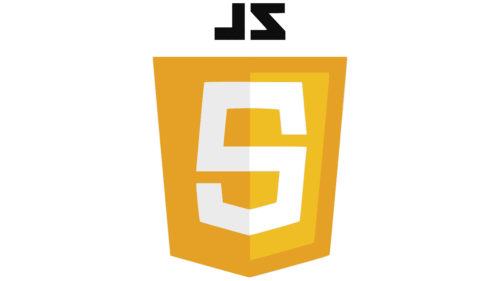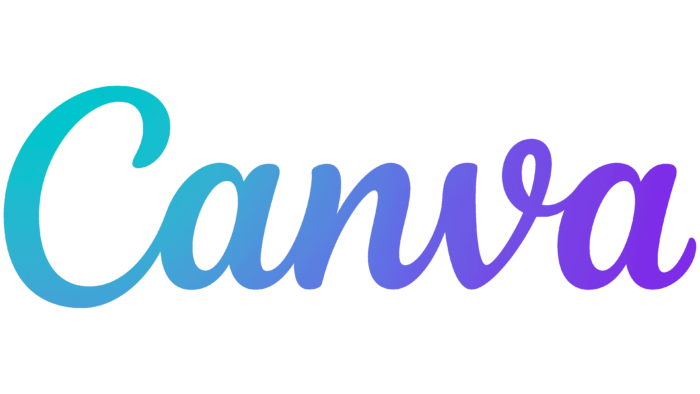The developers have made the JavaScript logo unique and well-recognizable. It is a makeshift shield with a bold monogram at the top, which makes it look impressive and solid. Due to the difference in shades of yellow, the badge is three-dimensional and appears convex due to the central protrusion lowered down, which divides it into two identical parts.
JavaScript: Brand overview
| Founded: | December 4, 1995 |
| Founder: | Brendan Eich |
| Headquarters: | United States |
JavaScript is a high-level programming language created according to the ECMAScript standards. It is one of the three basic Internet technologies, including CSS and HTML. Its developer is Brendan Eich of Netscape Communications. The time of appearance of JS is the end of 1995.
The very first browser with a graphical interface was called Mosaic and was designed for simple users who do not have technical skills. It appeared in 1993 and gave impetus to the development of JavaScript. The fact is that leading experts founded the Netscape company, which came to grips with the development, testing, and promotion of web browsers. However, the opening options were static, so the authors decided to modernize them so that the pages with the information given out become dynamic. They took the syntax of the Java language as a basis and asked Brendan Eich to create a similar script.
Meaning and History
In September 1995, the required version appeared, which was finalized and renamed JavaScript by December. Of course, at first, there was confusion among users and specialists due to the almost identical name to Java, but this helped to popularize the new programming language. According to Eich, Netscape deliberately named it that way to quickly spread the Internet novelty on an obvious consonance. The marketing ploy was a success. But a permanent logo for a digital product appeared later when it was finally separated into an independent program.
The modern JavaScript logo arose simultaneously with the HTML and CSS logos since these programming languages belong to the same company. She unified their visual identity, making them almost identical in style. The differences are only in the upper inscriptions and in the color scheme.
What is JavaScript?
JavaScript is one of the modern high-level programming languages. It is developed according to the ECMAScript standard and represents the top 3 core technologies, including CSS and HTML. The year of its appearance is 1995. Brendan Eich created it with support from Netscape.
The key detail of the badge is a stylized shield of a strict form, with straight lines and clear edges. This geometry inspires user confidence, as it indicates the seriousness and precise thoughtfulness of the program. To make the rectangle look like a shield, the designers pushed the lower part “forward” – they lengthened it, placing it at a slight angle. Two shades of yellow add to the figure’s volume: the left side is darker than the right. In addition, on the right, there is a wide frame that covers the entire perimeter.
In the logo’s middle is a block “S” – the first letter from the word “Script.” It is powerful, capital, clear, and white. For the glyph to match the background composition, the artists drew it outside the box – with a line protruding downwards, forming a miniature angle. Large serifs also complement the symbol.
Above the shield is a black abbreviation. The inscription “JS” is made in wide lines with sharp and right angles. Moreover, “J” has the shape of the letter “L” and seems to be its mirror image, and “S” looks like “Z.” Although such castling is not associated with the need for visual adaptation of different glyphs, it plays a significant role in the identity. The similarity technique makes the JavaScript logo very unconventional and instantly recognizable. In addition, the replaced characters are a sign of the most commonly used programming language.
Font and Colors
Even though the year the appearance of JavaScript language was 1995, its permanent logo appeared a few years later – in 2011. This is due to the unification of target programs and their visual adaptation to a single style. In this case, the icon is yellow, but its shape is almost indistinguishable from HTML and CSS symbology.
All inscriptions in the logo are made with an individual typeface, specially adapted to the tasks and style of the program. The letters are strictly proportional, business-like, even, and geometrically verified. Only the central “S” has serifs, and they are absent in the top line.
The original palette of the emblem evokes a sense of progress and dynamism, but at the same time, it is pleasant and unobtrusive. Yellow in two soft shades and neutral white are harmoniously balanced by black lettering. It adds severity and seriousness to the sign.
JavaScript color codes
| Marigold | Hex color: | #e4a125 |
|---|---|---|
| RGB: | 228 161 37 | |
| CMYK: | 0 29 84 11 | |
| Pantone: | PMS 130 C |
| Saffron | Hex color: | #efbe24 |
|---|---|---|
| RGB: | 239 190 36 | |
| CMYK: | 0 21 85 6 | |
| Pantone: | PMS 7408 C |
| Smoky Black | Hex color: | #0e0e0e |
|---|---|---|
| RGB: | 14 14 14 | |
| CMYK: | 0 0 0 95 | |
| Pantone: | PMS Black 6 C |






